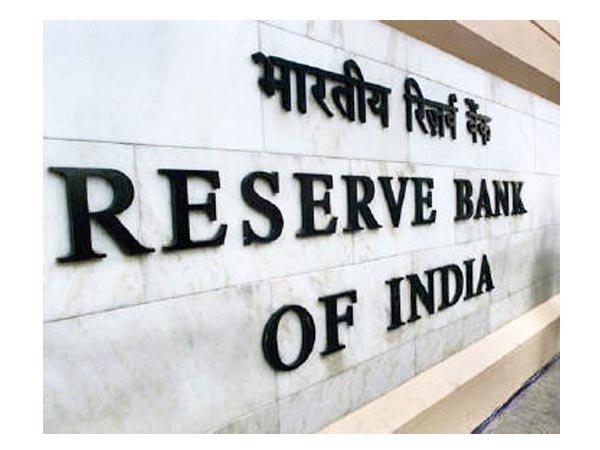Monetary And Fiscal Policy Face Tightening Constraints: RBI Deputy Governor
RBI Deputy Governor Dr. Michael Patra has stated that in the current milieu, both monetary policy and fiscal policy in India face tightening constraints, some idiosyncratic. "For fiscal policy, it is the collapse of tax revenue - by 32 per cent in the first quarter; consequently, the centre's revenue deficit during April-August is 121.9 per cent of budget estimates. For monetary policy, it is the persistence of headline inflation above 6 per cent for the third month in succession. Structural reforms to unlock growth impulses are needed, but may lack social traction in an atmosphere of depressed growth and employment, and high uncertainty," his statement in the Monetary Policy Committee Minutes has showed.
In the context of headline inflation, Dr Patra has noted that a ruling above the upper tolerance limit of the target since June 2020, the role of monetary policy has come under scrutiny.

"It has been argued that while inflationary pressures may emerge from supply bottlenecks and cost pushes, inflation cannot become generalised and persistent unless it becomes a monetary phenomenon, i.e., it is accommodated by an increase in aggregate demand as reflected in an expansion of money supply or by a decrease in policy interest rates.
Monetary policy has adopted an ultra-accommodative stance to revive growth and mitigate the effects of COVID-19. Liquidity operations in support of this stance have infused sizable liquidity into the system, reflected in reserve money expansion of 17.6 per cent adjusted for the first-round effects of cash reserve ratio changes.
This has, however, not translated into a commensurate increase in money supply because of a money multiplier depressed by a sharp increase in the currency-deposit ratio, and remunerated reserves parked in reverse repo with the RBI over and above CRR requirements. Consequently, the rate of money supply is averaging 12 per cent in nominal terms and only 6 per cent in real terms. In terms of quarterly seasonally adjusted annualised rates, a negative money gap has opened up recently, " Dr Patra's statement reveals.
































